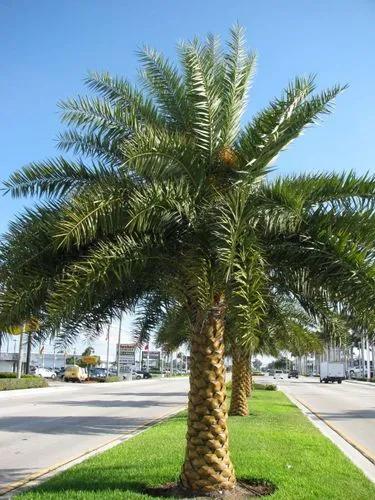Pinus taeda, commonly known as loblolly pine, is one of several pines native to the Southeastern United States, from East Texas to Florida, and north to southern New Jersey. The wood industry classifies the species as a southern yellow pine. U.S. Forest Service surveys found that loblolly pine is the second-most common species of tree in the United States, after red maple. For its timber, the pine species is regarded as the most commercially important tree in the Southeastern U.S.
Loblolly Pine Care
Pinus Taeda



Loblolly pine can reach a height of 30–35 m (98–115 ft) with a diameter of 0.4–1.5 m (1.3–4.9 ft). Exceptional specimens may reach 50 m (160 ft) tall, the largest of the southern pines. Its needles are in bundles of three, sometimes twisted, and measure 12–22 cm (4 3⁄4–8 3⁄4 in) long, an intermediate length for southern pines, shorter than those of the longleaf pine or slash pine, but longer than those of the shortleaf pine and spruce pine. The needles usually last up to two years before they fall, which gives the species its evergreen character.
Although some needles fall throughout the year due to severe weather, insect damage, and drought, most needles fall during the autumn and winter of their second year. The seed cones are green, ripening pale buff-brown, 7–13 cm (2 3⁄4–5 in) in length, 2–3 cm (3⁄4–1 1⁄4 in) broad when closed, opening to 4–6 cm (1 1⁄2–2 1⁄4 in) wide, each scale bearing a sharp spine 3 to 6 mm (0.12 to 0.24 in) long.
How to Care for the Plant

Popularity

641 people already have this plant 46 people have added this plant to their wishlists
Discover more plants with the list below
Popular articles






